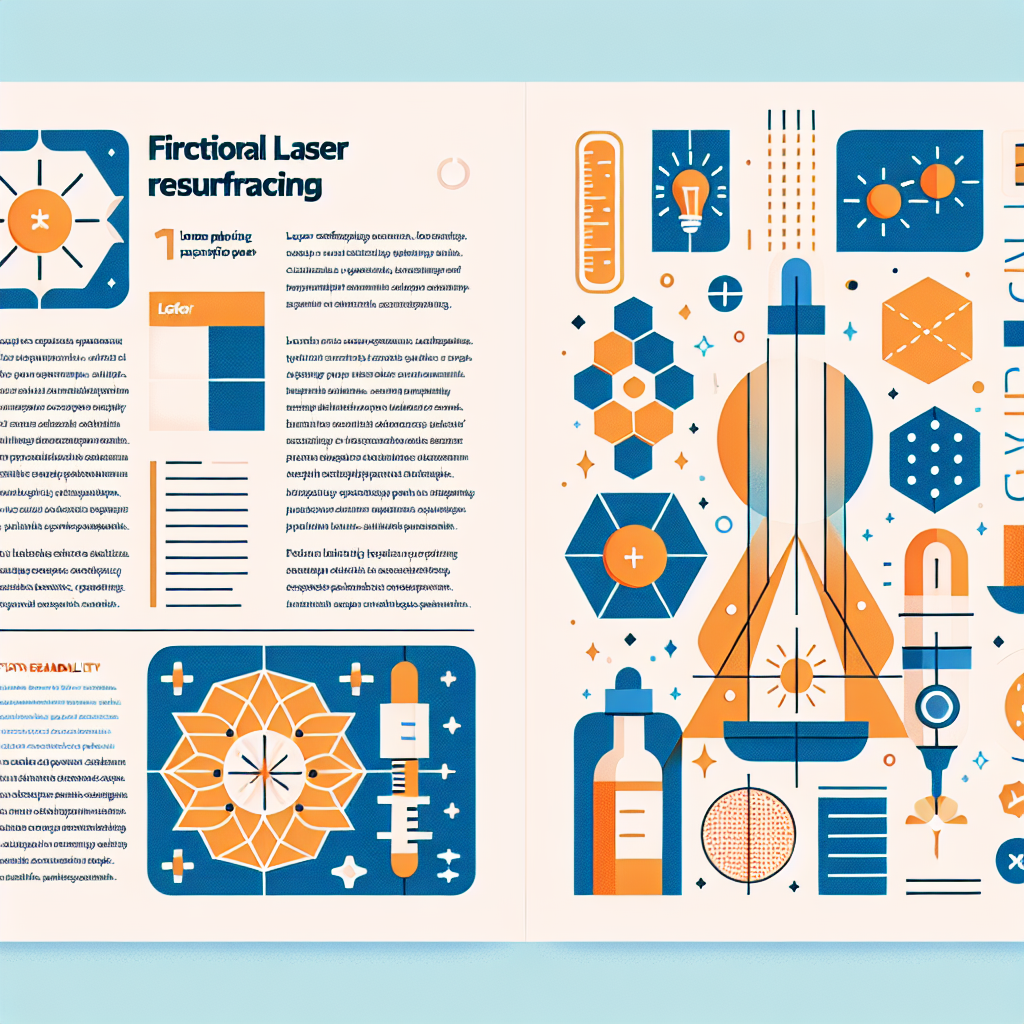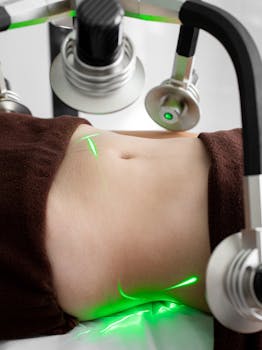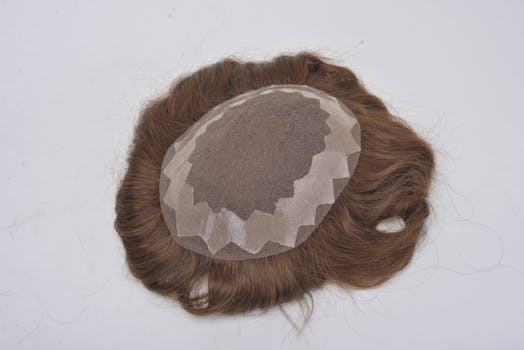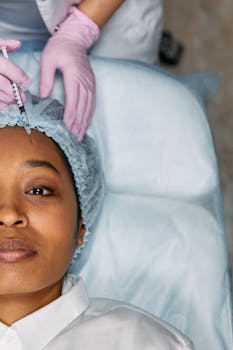If you’ve been searching for fractional laser resurfacing near me because you want to improve texture, reduce fine lines, or tackle sun damage, this guide will help you understand what to expect from treatment, typical results, and practical aftercare. Fractional laser treatments create controlled micro-injuries that stimulate collagen and elastin production, offering progressive skin renewal with downtime that varies by device and intensity. Below we outline how the treatment works, how to choose a clinic, what recovery looks like, and tips to protect your investment in healthier, firmer skin.
Fractional laser resurfacing near you: choosing the right clinic
Finding a qualified provider matters more than finding the cheapest option. Look for board-certified dermatologists or plastic surgeons and clinics that specialize in laser therapies. Ask about the specific device they use—fraxel, CO2, erbium, and non-ablative fractional lasers each have different recovery profiles and results. When you search for fractional laser near me, review patient before-and-after photos, request information about follow-up care, and inquire about experience treating your skin type and concerns.
How fractional lasers work
Fractional lasers treat a fraction of the skin at a time by creating microscopic treatment columns, often called microthermal zones. These controlled injuries trigger the body’s wound-healing cascade, encouraging collagen remodeling and new tissue formation. Non-ablative fractional lasers deliver heat into deeper layers without removing the top layer of skin, offering milder downtime. Ablative fractional lasers remove epidermal tissue and produce more dramatic remodeling but require longer recovery.
Who is a good candidate?
Good candidates are those with sun-damaged skin, fine lines, acne scars, uneven tone, or mild to moderate wrinkles. Skin type matters—your provider should evaluate melanin level to reduce the risk of post-inflammatory hyperpigmentation. Pregnant people, those with active infections, or individuals using certain medications like isotretinoin may need to postpone treatment. A thorough consultation helps set realistic expectations about outcomes and number of sessions required.
What to expect during treatment
Treatments typically take 20–60 minutes depending on the area. Most clinics use topical numbing and may offer cooling measures to increase comfort. You’ll feel sensations ranging from warm to prickly during the session. Immediate effects include skin tightening and a flushed appearance; the full collagen-boosting results develop over several weeks to months as new collagen forms.
Recovery and aftercare essentials
Aftercare is crucial for optimal healing and results. Expect redness, swelling, and mild crusting in the days after an ablative procedure; non-ablative treatments typically have milder redness and shorter downtime. Follow your provider’s recommendations for cleansing, moisturizing with gentle emollients, and avoiding makeup until the skin barrier has recovered. Use broad-spectrum SPF 30+ every day to protect regenerating skin and reduce the risk of pigmentation. Avoid active exfoliants, retinoids, and strong vitamin C serums until cleared by your practitioner.
If you’re considering combining procedures, discuss timing and sequencing with your clinician. Some patients plan laser resurfacing alongside other rejuvenation options; for more on related cosmetic planning, see descriptive anchor text.
Potential risks and how to minimize them
- Temporary redness, swelling, and tenderness are common.
- Rare complications include infection, scarring, or pigment changes—proper pre- and post-care reduces these risks.
- Skin typing and history of herpes simplex should be discussed; antiviral prophylaxis may be advised for those with cold sores.
For authoritative guidance about safety of laser and energy-based medical devices, see the FDA’s information on lasers and related devices to learn more about regulation and consumer considerations: FDA page on lasers.
Realistic timelines and maintenance
Initial improvement is often visible within 1–2 weeks, with progressive improvement up to 6–12 months as collagen rebuilds. Many providers recommend a series of 1–3 sessions spaced several weeks apart, followed by maintenance treatments every 12–24 months depending on goals and aging changes.
- Choose an experienced, credentialed provider and ask about device type and expected downtime.
- Follow strict sun protection and post-treatment skincare to protect results.
- Plan multiple sessions for optimal collagen remodeling and longer-lasting outcomes.
Takeaways
- Fractional laser resurfacing stimulates collagen for smoother, firmer skin with varying downtime.
- Provider experience, skin type assessment, and proper aftercare are crucial for safety and results.
- Expect gradual improvement over months; maintenance may be needed to preserve benefits.
FAQ
How soon will I see results?
Initial tightening and smoother texture can appear within 1–2 weeks, but the most noticeable collagen-driven improvements typically develop over 3–6 months after the procedure.
Is the treatment painful and what is the downtime?
Discomfort is usually managed with topical numbing and cooling techniques. Non-ablative fractional lasers often have minimal downtime (1–3 days), while ablative fractional lasers may require a week or more for crusting and healing. Your provider will outline pain control and recovery expectations tailored to the device and settings used.
Can all skin types undergo fractional laser resurfacing?
Many skin types can benefit, but darker skin tones carry a higher risk of pigmentation changes. An experienced clinician will adjust settings, recommend pre- and post-treatment care, or suggest alternative modalities to minimize risks.






